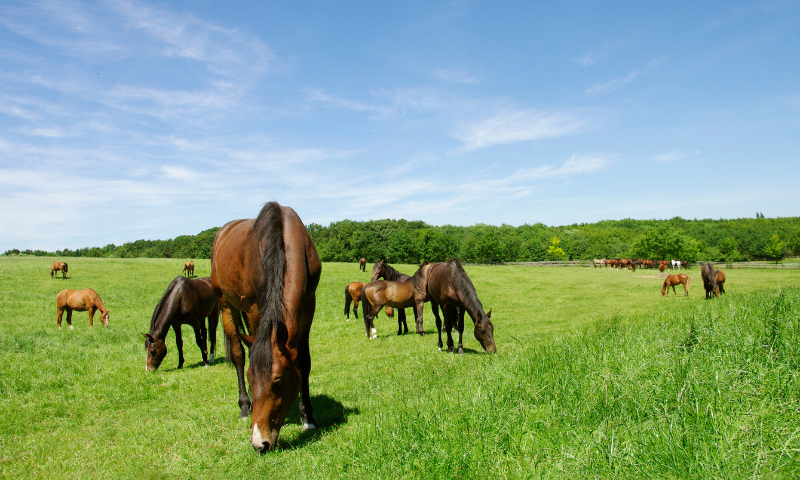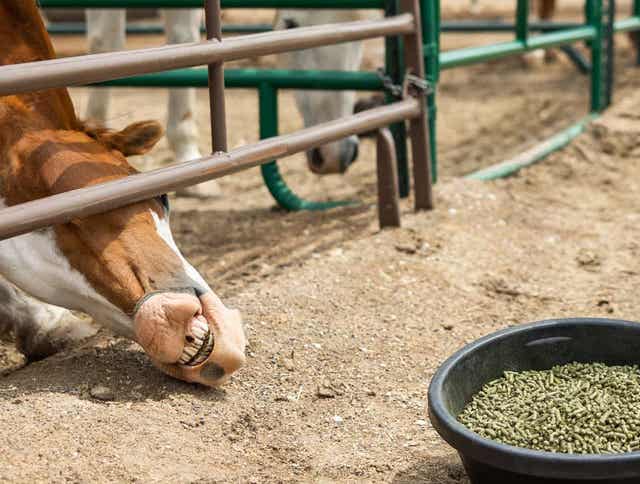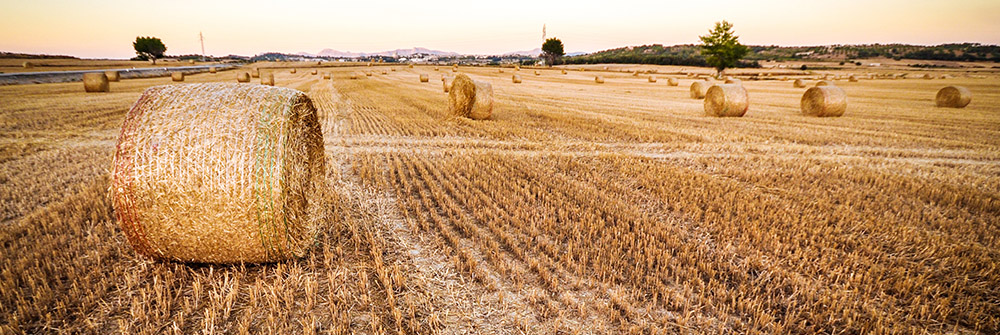Forage Testing and Analysis for Your Horse

Ensuring your horse receives the right nutrition is essential for its health, performance, and longevity. One of the most effective ways to achieve this is through forage testing and analysis. This process helps you understand the nutritional content of the hay or pasture your horse consumes, allowing you to tailor their diet precisely.
Why Forage Testing Matters

Forage is the foundation of a horse’s diet, often making up the majority of their daily intake. However, the nutritional value of forage can vary widely depending on factors such as:
- Type of forage (grass hay, legume hay, pasture)
- Harvesting time and maturity
- Soil quality and fertilization
- Storage conditions
Without testing, you might unknowingly feed your horse forage that is deficient in key nutrients or excessively rich in others, leading to health issues like obesity, laminitis, or nutrient deficiencies.
What Does Forage Testing Include?
A comprehensive forage analysis typically measures:
| Nutrient Component | Description |
|---|---|
| Crude Protein (CP) | Indicates the protein content essential for muscle repair and growth |
| Fiber (ADF & NDF) | Acid Detergent Fiber (ADF) and Neutral Detergent Fiber (NDF) affect digestibility and intake |
| Energy (TDN) | Total Digestible Nutrients provide an estimate of the energy available from the forage |
| Minerals | Levels of calcium, phosphorus, magnesium, potassium, and trace minerals |
| Moisture Content | Indicates the water content, affecting storage and weight |
| Potentially Harmful Substances | Such as nitrates or molds that could be toxic |
How to Collect a Forage Sample
Proper sampling is crucial for accurate results:
- Collect samples from multiple locations within the hay bale or pasture to get a representative mix.
- Use clean tools and avoid contamination.
- Dry the sample if necessary before sending it to the lab.
- Label the sample clearly with date and source.
Interpreting Forage Test Results
Once you receive the analysis, compare the values against your horse’s nutritional requirements, which vary by age, workload, and health status. For example:
- Growing foals need higher protein and energy.
- Performance horses require more energy and electrolytes.
- Senior horses may need forage with lower sugar content.
Adjust your feeding program accordingly, supplementing with grains, vitamins, or minerals as needed.
Benefits of Regular Forage Testing
- Optimizes your horse’s diet for better health and performance.
- Prevents nutritional imbalances and related diseases.
- Saves money by avoiding unnecessary supplements.
- Helps in managing special dietary needs.
Frequently Asked Questions (FAQ)
Q1: How often should I test my forage?
A: Ideally, test new batches of hay or pasture at least once per season or when there is a noticeable change in forage quality.
Q2: Can I test pasture forage?
A: Yes, pasture samples can be collected similarly to hay samples to assess nutrient content.
Q3: What if my forage has high sugar content?
A: Horses prone to laminitis or metabolic issues may require low-sugar forage; testing helps identify this.
Q4: Where can I get forage tested?
A: Many agricultural extension services and private labs offer forage testing services.
Conclusion
Forage testing and analysis is a vital tool for any horse owner aiming to provide balanced nutrition. By understanding the specific nutrient profile of your horse’s forage, you can make informed decisions that promote optimal health and performance.
Would you like me to help improve the clarity or tone of this article? Or perhaps add more detailed feeding guidelines or case studies?
